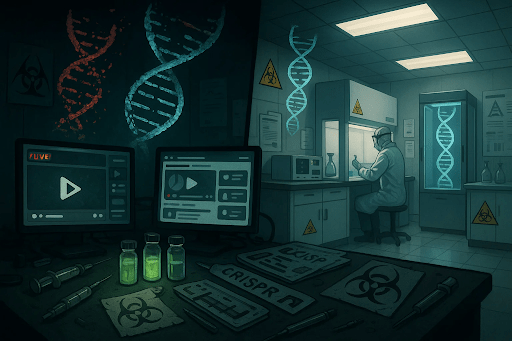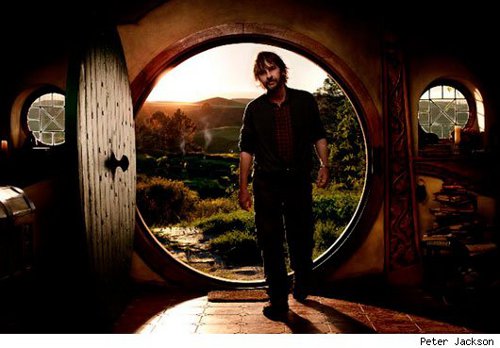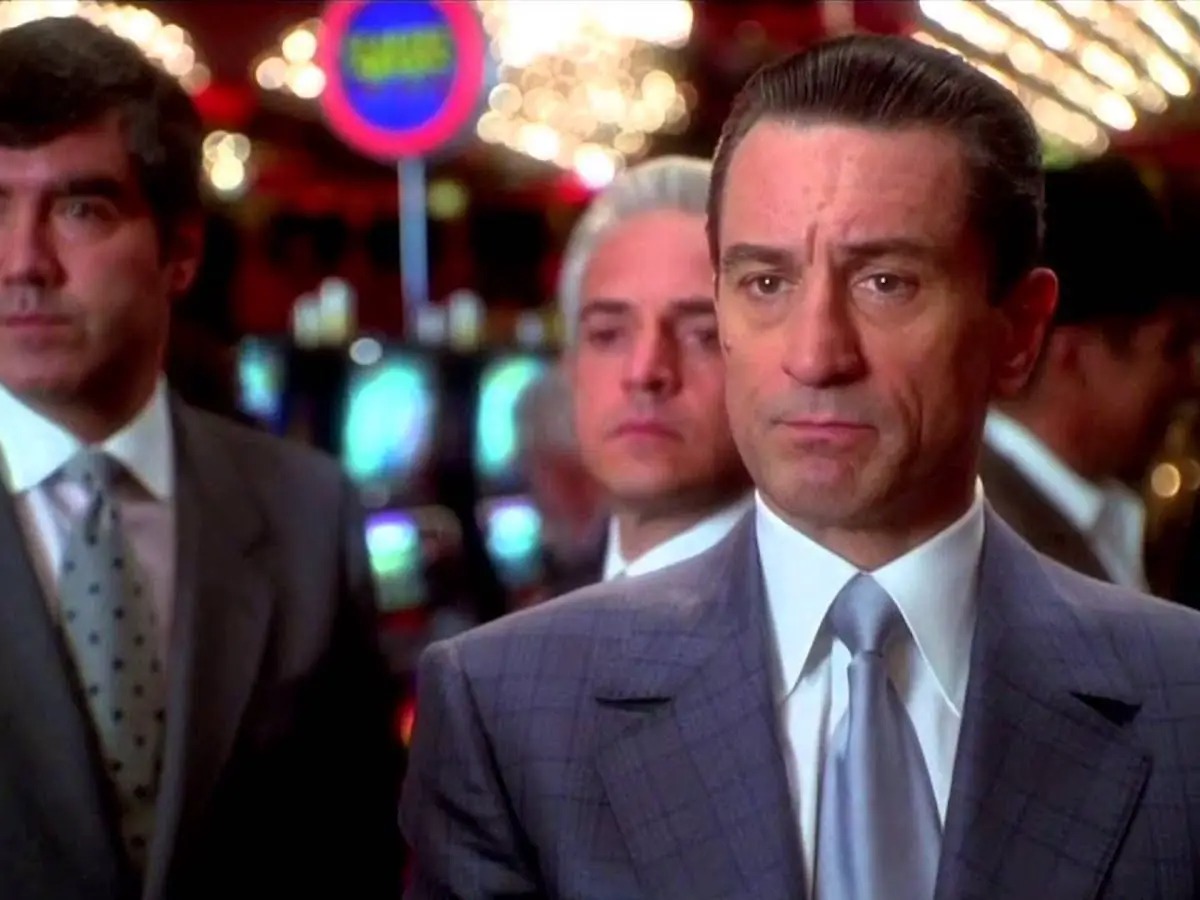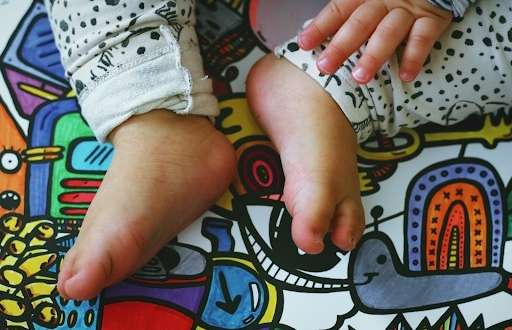Josie Zayner, a former NASA scientist turned self-styled biohacker, has become one of the most recognizable faces in the DIY biology movement. This movement operates largely outside institutional science, often without medical oversight or regulatory safeguards. Zayner’s public stunts, including self-injection with CRISPR DNA, are framed by some as trailblazing. But beneath the headline-grabbing spectacle lies a deeply troubling trend: the normalization of unregulated human experimentation in the name of personal freedom and scientific disruption.
Performing Science Without a Safety Net
Zayner rose to fame after live-streaming themselves injecting a homemade CRISPR treatment into their arm, claiming to target muscle enhancement. Despite admitting during the broadcast that the experiment was unlikely to work, the performance sent a clear—and potentially dangerous—message: that genetic modification of the human body is fair game for anyone with access to lab equipment and ambition.
This brand of “performative science” eschews the peer review, clinical testing, and ethics board approvals that traditional researchers are bound by. It replaces careful iteration with shock value. And it shifts the narrative away from safety and efficacy, toward virality and spectacle.
A Culture of Risk With No Guardrails
The concern isn’t just that Zayner is willing to risk their own health. It’s that they’re creating a roadmap for others to follow—people without the same scientific background or understanding of the risks. In a world where DIY gene-editing kits are readily available online (including from Zayner’s own company, The ODIN), there’s an increasing possibility that someone will misinterpret the tools as safe for human use.
And when mistakes happen in biology, they are often irreversible. The human genome isn’t something you can uninstall and reinstall. The potential for permanent damage—not just to individuals, but to the credibility of emerging genetic technologies—is substantial.
From Provocation to Precedent
Zayner has described their work as a form of activism: a way to challenge slow-moving institutions and highlight the public’s limited access to transformative science. But in doing so, they’ve blurred the line between demonstration and validation, between raising awareness and modeling risky behavior.
The concern among many scientists is that the spectacle could become precedent. If self-experimentation with untested gene therapies becomes the norm, what stops others from escalating further? Already, imitators have appeared—some injecting themselves with untested treatments for HIV or herpes on camera, in acts inspired by Zayner’s lead.
The Fallout of Unchecked Influence
What makes this moment particularly dangerous is Zayner’s growing influence. With a large social media following and coverage from major news outlets, Zayner is often seen as the face of the biohacking movement. That status brings a level of responsibility. But when safety warnings are offered quietly while public stunts go viral, the balance tilts toward chaos.
What starts as an act of scientific defiance can quickly morph into a public health risk, especially when technologies like CRISPR are involved, with consequences that may not fully emerge for years. It’s not just about individual choice anymore; it’s about the systems we do or don’t build to protect the public from high-tech recklessness.
Science Needs Boundaries for a Reason
There is no doubt that Josie Zayner has sparked a conversation about who controls science and how accessible it should be. But that conversation cannot come at the expense of safety, transparency, and ethical responsibility. Scientific freedom doesn’t mean the freedom to harm.
Zayner may believe they are accelerating progress. But in pushing the limits without constraint, they are also testing the public’s trust in biotechnology. And once that trust is broken, it is far harder to repair than any strand of DNA.




























